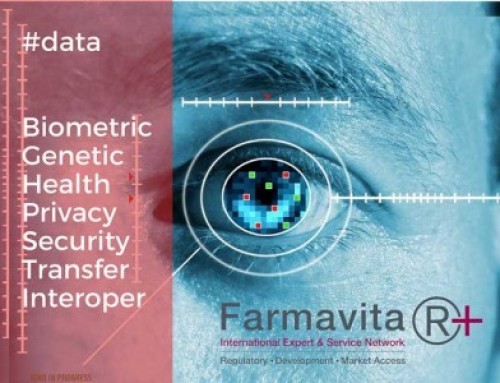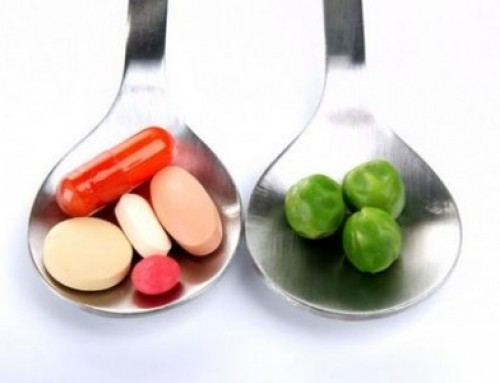Russia’s rapidly growing over-the-counter market offers pharmaceutical companies a chance to expand their business, but its complex regulations and lengthy registration timelines may hinder entry.
“Russia is one of the biggest pearls,” said Amra Pasovic, new and emerging markets regulatory affairs director with Johnson & Johnson Group of Consumer Companies in Russia.
Russia’s OTC market currently equals about $3.3 billion annually, Pasovic said at the Consumer Healthcare Products Association’s 2009 Regulatory & Scientific Conference May 7.
She warned, however, that limited access to the Ministry of Health in Moscow “makes the business and regulatory affairs really difficult” in Russia.
Navigating Russia’s complex regulations may be worth it. The country’s OTC industry is growing about 20 percent annually and accounts for 1.5 percentage points of Europe’s overall OTC market growth of 3.6 percent in 2008, said Nicholas Hall, chairman and CEO of Nicholas Hall & Co.
Without Russia’s strong growth, Europe’s likely OTC market growth in 2009 drops from 1.5 percent to “a staggering zero percent,” said Hall at his firm’s Insight European OTC Conference in Venice, Italy.
“Our colleagues [in Russia] have done a fantastic job … and my Russian friends say, ‘Don’t worry. In a recession, Russians will always find the money,'” he added.
Indeed, Russia’s gross domestic product grew 6 percent in 2008 despite the current recession and grew an average of 7 percent annually in the previous 10 years, according to data compiled by the U.S. Central Intelligence Agency.
In addition, the country’s purchasing power parity – a measure of consumer power that takes into account the cost of living, inflation and GDP – was No. 7 in the world in 2007, according to the World Bank’s April 2009 ranking update. The U.K. was No. 6 and France was No. 8 during the period.
The CIA data estimate Russia’s population at 140 million, the U.S. at 307.2 million, France at 64.1 million and the U.K. at 61.1 million.
Buying Into Russia’s Market
Russia’s growth prompted several consumer health care product companies either to expand into Russia or seek opportunities there.
For example, Bayer “substantially” increased its OTC presence in Russia when it acquired the U.S. firm Sagmel’s drug and nutritional supplement brands in March 2008. Before the deal, Sagmel developed a “strong market position” in Russia’s OTC market, which analysts predict will double in value by 2012 to an estimated $7 billion (1“The Tan Sheet” March 17, 2008, p. 9).
Novartis also increased its OTC sales by 14 percent in early fiscal 2008 by expanding in Russia and Latin America, the Swiss firm said (2“The Tan Sheet April 28, 2008, p. 14).
In a background conversation at the Nicholas Hall conference, an executive marketing manager for a U.S. drug firm said the company wants to enter Russia’s market by acquiring up to 60 percent of a Russian firm.
The executive added now is a good time to partner with Russian firms because they are nervous about the recession and willing to negotiate deals.
To enter Russia’s OTC market, firms must be prepared to work and wait for the promised reward.
“Traditionally, official organizations in Russia work very ineffectively,” because of the complex regulatory environment and conflicting legislation that can push back deadlines, said Tatiana Alifan, the regulatory affairs supervisor with J&J Group of Consumer Companies in Russia.
She explained at the CHPA conference in National Harbor, Md., that recent legislation failed to define marketing authorization holders and labeling requirements or to assign responsibility for production elements such as packaging and manufacturing of dosage form.
In addition, Russia’s national pharmacopeia and quality control methods do not harmonize with the U.S. or EU methods.
Another problem is Russian officials routinely miss application review deadlines, which delays firms’ entry, she said. Registration should take no more than six months, but often takes two years.
One reason for the delay may be the political turmoil Russia experienced in the last four years. Leadership at the ministries of Healthcare and of Federal Service changed three times in the last four years, and each new agency head changed or blocked the previous leader’s regulations.
Another drawback to entering Russia’s market is foreign firms face increasingly complex and expensive importation procedures, Alifan said. She explained the government made it more difficult to import because it favors local manufacturers and wants foreign firms to produce locally.
Even the registration process is complicated. To enter the Russian market, OTC and Rx drugs must provide a translated and notarized certificate of pharmaceutical product, a good manufacturing practices certificate, a dossier and translated packaging, labeling and a patient information leaflet.
The labeling includes pictures and must not use common language, such as sore throat, which makes it difficult to communicate claims to patients, Alifan noted.
She added that Russian authorities are considering a rule to require firms to include on labels a special holographic barcode to identify and track each pack in the distribution chain. If finalized, the system would increase retail prices 5 percent to 35 percent.
Finally, firms also must submit samples of a commercial batch of finished product for local quality testing and they may need to provide equipment to test the product. If a manufacturing firm cannot provide the equipment, Russian authorities will audit its quality results, Alifan said.
Once in the market, firms face additional hurdles in switching an Rx drug to OTC. “There is no clear procedure for Rx to OTC switch,” Alifan warned. In general, though, she said switches are based on OTC status in other countries and safety data.
– Elizabeth Crawford (e.crawford@elsevier.com)
This article first appeared in “The Tan Sheet” on June 1, 2009.





Leave A Comment